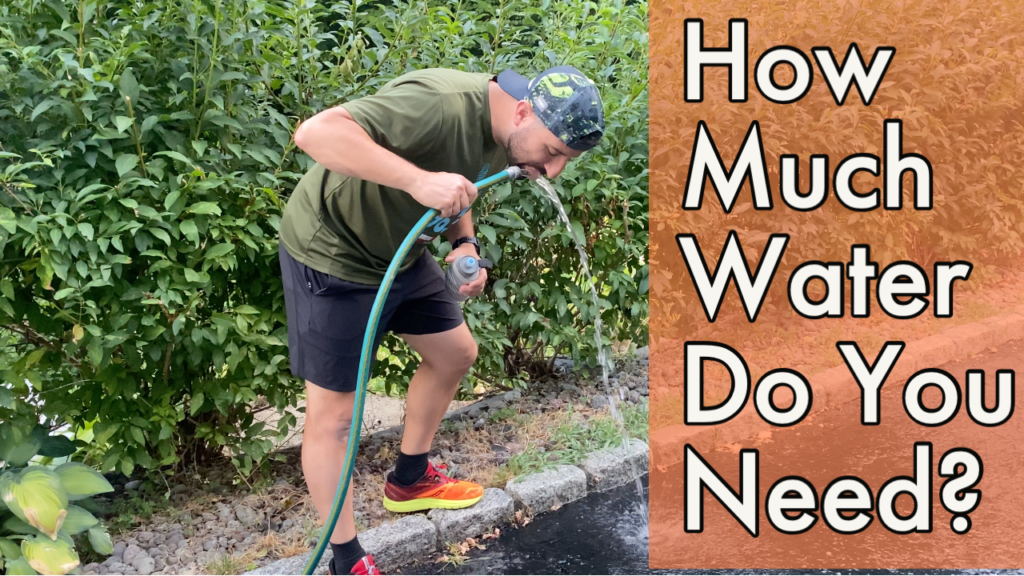How To Hydrate
You should probably consume more fluids while you are training and racing. Proper hydration levels aid in increasing blood plasma volume and that is one of the most important variables for any endurance activity. The more blood plasma, the more work you’ll be able to do. Period.
Fluids are necessary to stay hydrated. Everyone knows this, right? Well, how much? It’s not as simple as drinking the day before and the morning of the event and hoping you’ll be sustained through. We need a constant intake of fluids to keep blood plasma volume up. This is what increases the total amount of blood we have coursing through our bodies. This is crucial for a few reasons.
One is that this is how we deliver proper fluid levels, energy stores, red blood cells, oxygen, etc to your body as you’re moving. During exercise, the demand is even higher and we want to ensure adequate supply to the demand. This will also help make sure there is enough blood to aid in digestion for what you take in, and hopefully reduce the risk of an upset stomach.
Another reason is that this helps thermoregulate. As you exercise you generate and release heat. Sweating is one way your body attempts to keep you from overheating. But sufficient blood plasma helps keep fluids retained and helps your body use what it needs to remain regulated and from overheating.
1-1.5 Liters of Fluid per Hour
If you sweat heavily, or if it’s a hot/humid day then you will need more fluids than on a cool Fall or Winter morning. Although on those days fluids are necessary regardless of whether you feel like you want to drink or not. On the lower end, 750ml of fluids per hour is the bare minimum. We’re talking lower temps and efforts. On average, 1-1.5L/hour is ideal. On a very hot/humid day and prolonged efforts, up to 2L/hr is not out of the realm of necessity.
It seems like a lot, and that’s because it can be. You certainly need to train yourself to be able to take that much in during efforts. You’re better of sipping consistently at regular intervals than chugging water sporadically. This will help with even absorption and prevent sloshing. I set a timer on my watch every 5-8 minutes to remind myself to sip from my stores.
With that being said, what are the best ways to do this? I think most runners would be familiar with some hydration packs. The Camelbak or backpack style is popular, as are hydration belts that offer spots for smaller bottles or flasks. When cycling I may use a backpack style in addition to larger 1L bottles. This helps keep my math simple. There are also a number of good handheld bottle options. I have a 500ml and a 300ml to use on my runs as well. If I need to I will plan a loop back around to my house, car, or office to refill. I cannot stress enough how vital the hydration component is.
A constant supply of fluids is necessary. Don’t try to cram it all at once or make up for the lost time. It would be best if you stayed on top of fluids levels early to ensure health and performance.
Bottoms up!
